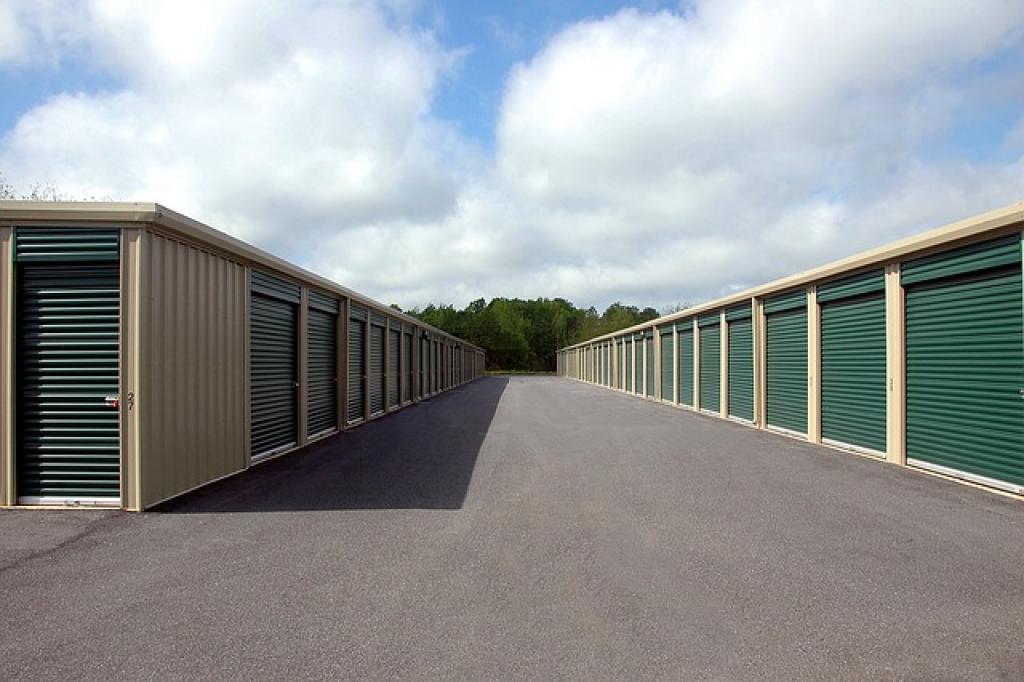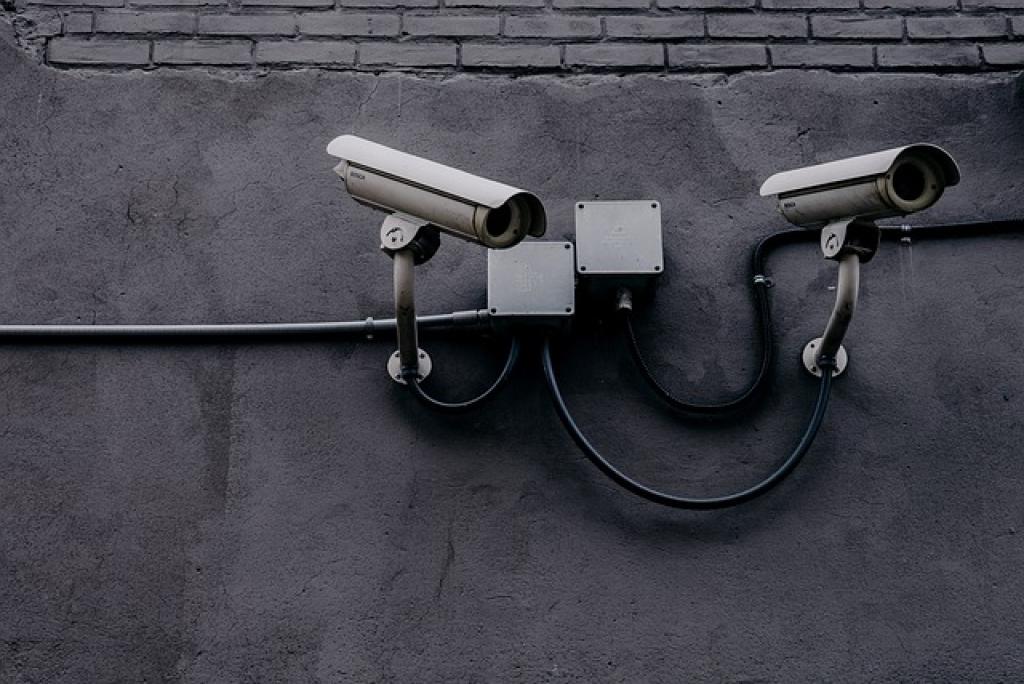
Maximizing Warehouse Security: Strategies to Protect Inventory and Assets
In the bustling world of logistics, your warehouse is the heartbeat of your operations. It’s where your inventory resides, awaiting its journey to the tantalizing world of profits. But with great value comes great responsibility, and in this case, a pressing need for security.
Warehouse theft and asset damage can put a serious dent in your bottom line, not to mention tarnish your reputation. Implementing robust security measures is no longer a choice; it’s a necessity. As technology advances, so do the methods criminals employ, making it crucial for you to stay ahead of the curve.
In this post, we’ll explore the top strategies for maintaining a safe and secure warehouse environment. From modern surveillance technology to employee training and access control, these insights will help you create a fortress to safeguard your valuable assets. Ready to take control and redefine warehouse security? Let’s dive in!
Understanding the Importance of Warehouse Security
It’s impossible to overstate the vital role that security plays in warehouse management. Warehouses are treasure troves of goods and products, making them prime targets for theft and vandalism. A breach in security can lead to significant financial losses, disrupting supply chains and disappointing customers.
Beyond financial implications, unsecured warehouses pose a risk to employee safety. An environment that isn’t secure can lead to accidents or even attract unwanted intruders, putting your workforce in harm’s way. Ensuring safety not only protects your assets but also fosters a more productive workplace.
Moreover, robust security measures are crucial for maintaining trust with your clients and partners. A secure warehouse signals to them that you are a responsible and reliable business, committed to safeguarding their interests. This trust is vital for long-term business success and can set you apart in a competitive market.
Understanding these elements sets the foundation for implementing effective security strategies. With the stakes this high, having a proactive approach to warehouse security is an investment in peace of mind and business longevity. Let’s delve into the strategies that can ensure your warehouse stands as a well-guarded fortress.
Assessing Vulnerabilities in Your Warehouse
Before strengthening security, it’s crucial to identify your warehouse’s weak spots. Every facility has unique vulnerabilities, and pinpointing these is essential to tailor security measures effectively.
Conduct a thorough risk assessment by analyzing your warehouse layout, inventory, and existing security protocols. Pay close attention to areas with less foot traffic or those that lack surveillance coverage, as they often present tempting opportunities for theft or unauthorized access.
Common Vulnerability Points
Examine entry points, such as doors and windows, which can be easily manipulated if not adequately secured. Inspect fences or barriers surrounding your premises for any signs of damage or potential breaches. Remember, the smallest flaw can quickly be exploited.
Don’t overlook internal threats, either. Employee theft can occur if there aren’t proper checks and balances. Implementing background checks, access controls, and promoting a culture of honesty and accountability are key practices to mitigate these risks.
By taking the time to assess these vulnerabilities, you’ll set the groundwork for a comprehensive security upgrade. Identifying and understanding your risks is the first step in transforming weak links into fortified strengths. Let’s move forward with strategies that directly address these vulnerabilities, ensuring a safe and secure environment for your operations.
Implementing Access Control Measures
Access control is a vital component of any robust warehouse security strategy. It’s all about ensuring that the right people have access to the right areas at the right times, effectively minimizing unauthorized entries.
Begin by installing electronic access control systems, such as keycards or biometric scanners. These technologies not only keep track of who enters or exits but can also restrict access based on individual roles and responsibilities, offering a tailored security solution.
Tiered Access Levels
Consider implementing tiered access levels across your warehouse. Different zones should have varying levels of access based on their sensitivity or the value of the goods stored. For example, high-value inventory areas might require dual-authentication access, providing an added layer of protection.
Don’t forget about visitor management systems. Any guests or third-party vendors entering the premises should be logged and monitored. Providing them with temporary access credentials can ensure their movements are tracked and limited to necessary areas only.
Regularly reviewing and updating access permissions is crucial to accommodate changes in staff roles or shifts in operational procedures. By maintaining a dynamic access control system, you enhance the security and efficiency of your warehouse environment, reducing the risk of breaches and fostering a secure, well-organized workplace.
Utilizing Surveillance Technology for Enhanced Security
Surveillance technology is a cornerstone of modern warehouse security, providing the eyes and ears needed to monitor activities around the clock. By strategically deploying cameras and other surveillance tools, you can deter criminal activity and gather crucial evidence if incidents occur.
Invest in high-definition security cameras that offer clear images and cover key areas, such as entry and exit points, storage aisles, and loading bays. Opt for cameras with night vision capabilities to ensure comprehensive monitoring even during low-light conditions.
Integrating Smart Surveillance Systems
Consider integrating smart surveillance systems that utilize artificial intelligence and video analytics. These advanced systems can detect unusual behavior, recognize unauthorized personnel, and even alert security personnel in real-time. This proactive approach allows for swift responses to potential threats.
Don’t overlook the benefits of remote monitoring. Systems that allow for off-site access via smartphones or computers provide flexibility and peace of mind by enabling you to keep an eye on your warehouse from anywhere.
Regular maintenance of your surveillance equipment is essential to ensure it functions optimally. This includes routine checks and updates to software, ensuring your technology remains reliable and effective. Through thoughtful application of surveillance technology, your warehouse can become a well-guarded fortress ready to tackle security challenges head-on.
Training Staff on Security Protocols and Procedures
Your security measures are only as effective as the people who implement them. Training staff on security protocols and procedures is a critical step in bolstering warehouse security. Well-informed employees can act as the first line of defense, preventing incidents before they occur.
Start by developing a comprehensive security training program tailored to your warehouse’s needs. Include aspects such as how to identify suspicious behavior, handle security breaches, and operate safety equipment. Regular workshops and refresher courses ensure that security skills stay sharp and relevant.
Promoting a Culture of Security
Cultivate a culture where security is a shared responsibility. Encourage open communication among staff about potential risks and effective security practices. By fostering an environment where employees feel empowered to report suspicious activity, you create a proactive security culture.
Additionally, conduct regular security drills to reinforce protocols and gauge readiness. Realistic scenarios can prepare employees to respond confidently and efficiently in actual crisis situations. Timely feedback after these drills further enhances their training experience.
Remember, when your team is knowledgeable and engaged in maintaining security, your measures become far more effective. Investing in staff training not only protects your assets but also builds a workforce that is committed to upholding a safe and secure workplace.
Securing Inventory Through Storage and Organization Strategies
Effective storage and organization are fundamental to safeguarding your warehouse inventory. A well-organized space not only enhances efficiency but also reduces the chances of theft and damage.
Start by categorizing inventory based on risk and value. High-value items should be stored in more secure areas, perhaps under additional surveillance or restricted access. This strategic placement acts as a deterrent to potential thieves.
Implementing Efficient Layouts
Deploy storage techniques that optimize space and visibility. Use clear labeling and signage to help staff locate items quickly and maintain accurate stock levels. An efficient layout minimizes confusion and streamlines operations, lowering the risk of misplaced or mishandled goods.
Don’t forget about climate control for sensitive items. Appropriate temperature and humidity settings can prevent damage to inventory, reducing losses and ensuring products remain in sellable condition.
Regular inventory audits are essential in maintaining organization and security. Conduct these checks systematically to verify stock levels and identify discrepancies promptly. Addressing any inconsistencies helps catch potential security breaches early and keeps your warehouse running smoothly.
By elevating your storage and organization strategies, you transform your warehouse into a more secure and orderly environment, where assets are protected and business continues to thrive.
Conducting Regular Security Audits and Reviews
Security is an ongoing process that requires constant attention and adaptation. Regular security audits and reviews are critical in ensuring that your warehouse remains a fortress against potential threats. They help identify emerging vulnerabilities and measure the effectiveness of existing measures.
Begin by scheduling routine audits at intervals that make sense for your operation—quarterly or bi-annually are common choices. During these audits, assess all security systems, including access controls, surveillance equipment, and alarm systems. Ensure everything is functioning correctly and aligned with current security protocols.
Engaging Third-Party Professionals
Consider engaging third-party security experts for a fresh perspective. These professionals can offer invaluable insights and recommend improvements based on industry best practices. They can spot overlooked vulnerabilities and suggest innovative solutions to strengthen your security framework.
Post-audit, it’s vital to act on findings swiftly. Update security measures, revise protocols, and conduct follow-up training if necessary. This proactive approach not only fortifies your defenses but also keeps your team focused on maintaining a secure environment.
Regular reviews of your security strategy ensure you stay ahead of threats in an ever-evolving landscape. By committing to continuous improvement through audits and reviews, you build a resilient operation capable of withstanding both internal and external security challenges.
Conclusion: Ensuring Long-Term Warehouse Security Success
Securing a warehouse is not a one-time task but a continuous commitment to vigilance and improvement. By actively implementing comprehensive security measures, ranging from advanced surveillance technologies to meticulous staff training and rigorous audits, you create a fortified environment that protects both inventory and personnel.
Emphasizing the importance of access control and smart storage solutions can significantly reduce vulnerabilities, ensuring that your assets are always safe from unauthorized access and environmental damages. But technology and strategies are only as effective as the individuals who utilize them. Therefore, cultivating a culture where every employee understands their role in maintaining security is essential for the cohesive operation of these systems.
Regular audits and reviews should become a non-negotiable aspect of your security plan. They are vital in identifying new threats and adapting strategies to counteract potential breaches. This continuous cycle of assessment and adjustment keeps you a step ahead, safeguarding your operations against evolving risks.
Ultimately, the success of warehouse security lies in the details and the dedication to keeping those details sharp. Whether it’s refining access protocols or tweaking the warehouse layout for better visibility, each small step contributes to the overall strength of your security measures.
With a proactive approach and a commitment to constant improvement, you not only protect your inventory but also foster trust and reliability in your business operations. As you move forward, let these strategies guide you in creating a secure and efficient warehouse environment that stands the test of time.


